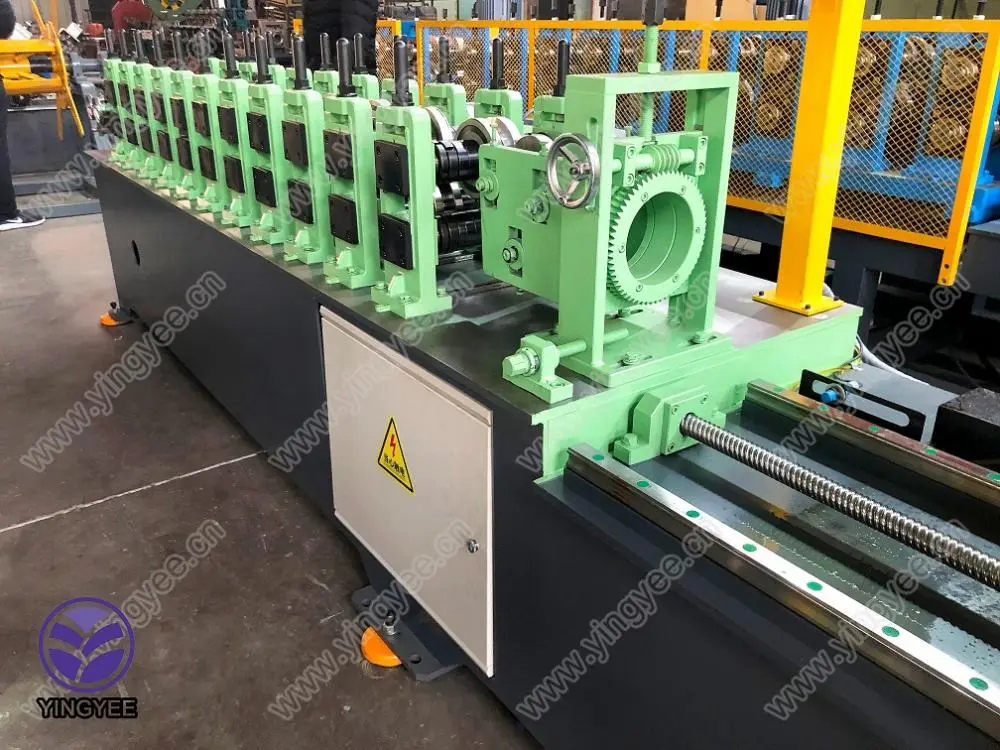
The Rise of Steel House Frame Machines Revolutionizing Construction
In recent years, the construction industry has encountered a paradigm shift with the introduction of advanced technologies. One of the most significant innovations is the emergence of steel house frame machines. These automated systems are designed to streamline the building process, enhance precision, and promote sustainability in the construction sector. This article delves into the mechanics, advantages, applications, and future prospects of steel house frame machines.
Understanding Steel House Frame Machines
At the core of steel house frame machines is the utilization of steel as the primary structural material. Steel framing has long been known for its strength, durability, and resilience compared to traditional wooden framing. Steel house frame machines automate the process of cutting, shaping, and assembling steel components to form the skeleton of houses. They utilize Computer Numerical Control (CNC) technology to achieve high precision in fabrication, ensuring that every piece fits seamlessly together in assembly.
These machines can produce a wide array of components, including beams, columns, and stud frames. They typically incorporate advanced software to optimize designs and enhance efficiency, allowing for prefabricated components to be manufactured in a factory setting and assembled on-site. This shift from on-site construction to off-site prefabrication is integral to modern building practices, allowing for faster project completion and minimized disruptions.
Advantages of Using Steel House Frame Machines
One of the most notable advantages of steel house frame machines is their speed and efficiency. Automated production reduces lead times significantly, enabling builders to complete projects more quickly than traditional methods. Furthermore, since much of the fabrication is done in a controlled environment, there is a reduced risk of weather-related delays traditionally faced in onsite construction.
Another key benefit is the enhanced structural integrity provided by steel. Steel is inherently stronger than wood, allowing for larger spans and fewer supports, which can open up design possibilities and maximize usable space within a home. Additionally, steel is resistant to issues like rotting, warping, and pest infestation, ensuring the longevity of the construction.
Sustainability is another critical aspect of steel house frame machines. Steel is recyclable, making it an environmentally friendly option for construction. Since the machines can cut and fabricate steel with minimal waste, there is less impact on the environment compared to traditional building materials. Additionally, the durability of steel means that structures require less maintenance and have a longer life cycle, promoting greater sustainability.

Applications in the Construction Industry
Steel house frame machines are increasingly being utilized in various sectors of the construction industry, particularly in residential and commercial buildings. They provide solutions for creating affordable housing, where rapid production can meet urgent housing demands in urban areas. Moreover, the versatility of steel framing allows for diverse architectural styles, making it suitable for custom homes, multi-family developments, and large-scale commercial projects.
In disaster-prone regions, steel house frame machines can play a crucial role in building resilient structures that withstand extreme weather events like hurricanes or earthquakes. The inherent strength of steel makes it an ideal material for structures requiring durability and flexibility.
Future Prospects
As technology continues to evolve, the future of steel house frame machines appears promising. Innovations such as artificial intelligence and machine learning could be integrated into these systems, enhancing their efficiency further and allowing for even more precise designs. Advances in robotics may also streamline assembly processes, making construction quicker and reducing labor costs.
Moreover, the integration of energy-efficient technologies within steel buildings, such as solar panels and green roofs, aligns perfectly with global sustainability goals. The construction industry is gradually recognizing the importance of adopting sustainable practices, and steel house frame machines are at the forefront of this movement.
Conclusion
Steel house frame machines are revolutionizing the construction industry by providing faster, more efficient, and sustainable solutions for building homes and commercial structures. With their ability to enhance structural integrity and minimize waste, these machines are setting new standards in building practices. As technology continues to advance, we can expect steel house frame machines to play an even more critical role in shaping the future of construction. As the demand for sustainable and resilient buildings increases, embracing these innovations will be essential for achieving a more efficient and eco-friendly construction sector.